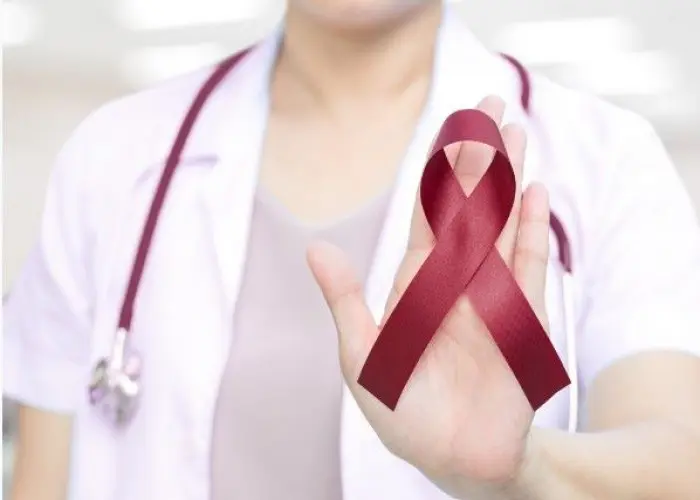 Welcome
Welcome
“May all be happy, may all be healed, may all be at peace and may no one ever suffer."
- A
- B
- C
- D
- E
- F
- G
- H
- I
- J
- K
- L
- M
- N
- O
- P
- Q
- R
- S
- T
- U
- V
- W
- X
- Y
- Z
Blood - Diseases
Blood is a specialized fluid that circulates throughout the body and plays a vital role in maintaining the health and functioning of various organs and tissues. It is made up of four main components: plasma, red blood cells, white blood cells, and platelets.
Plasma is the liquid component of blood and makes up about 55% of its volume. It contains various substances, such as electrolytes, hormones, proteins, and waste products, and plays a key role in maintaining the balance of fluids in the body.
Red blood cells, also known as erythrocytes, are the most abundant cells in the blood and are responsible for carrying oxygen from the lungs to the rest of the body. They contain hemoglobin, a protein that binds to oxygen and gives the cells their characteristic red color.
White blood cells, or leukocytes, are a key component of the immune system and help to fight infections and other foreign invaders in the body. There are several types of white blood cells, each with specific functions and roles in the immune response.
Platelets are small cell fragments that play a crucial role in blood clotting and wound healing. When a blood vessel is damaged, platelets clump together to form a plug that stops bleeding.
Diseases and conditions that can affect the blood include anemia, bleeding disorders, blood clots, and blood cancers, such as leukemia and lymphoma. Treatment for blood disorders may involve medications, blood transfusions, or other specialized therapies, depending on the underlying cause and severity of the condition.

Shoulder

Rectum

Tongue

Jaw

Enteric Nerves

Genitals

Mental

Skin
Blood, Blood pressure, রক্ত
To be happy, beautiful, healthy, wealthy, hale and long-lived stay with DM3S.

















